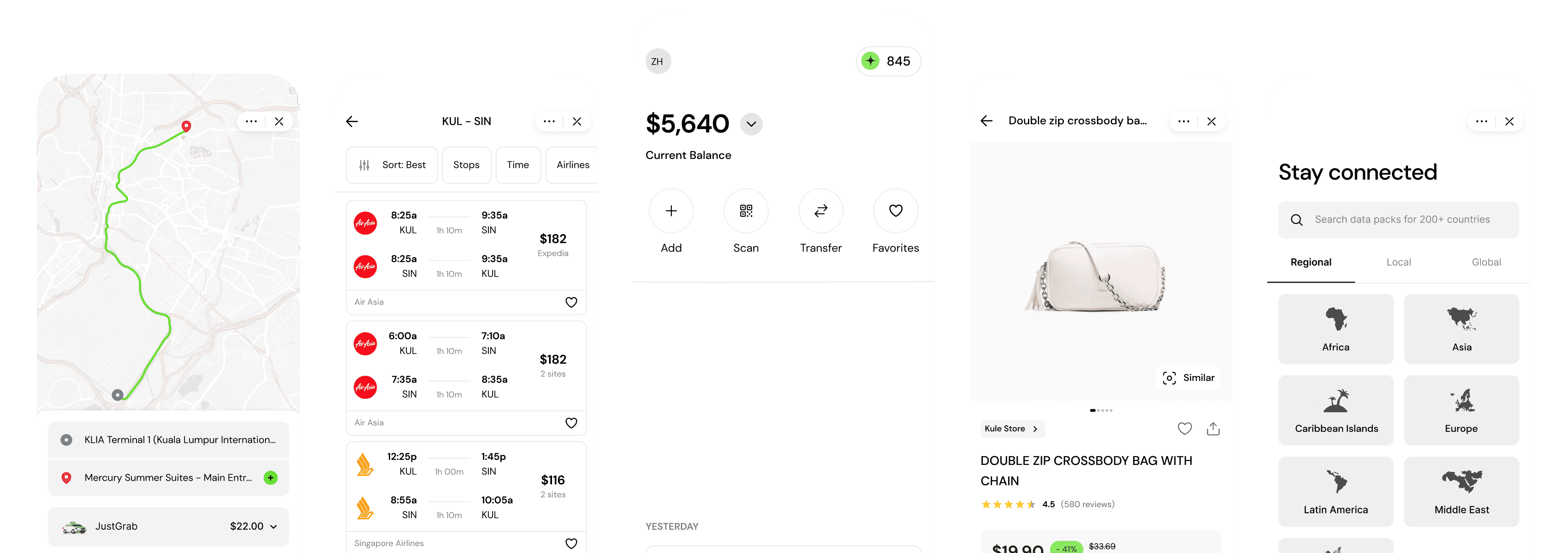Editorial Team
•
Boxo
If you have a mobile app, you probably understand how important it is for your app to stand out and be visible in the store. This is where App Store Optimisation (ASO) becomes a game-changer.
While often compared to search engine optimisation for websites, ASO focuses exclusively on elevating an app’s rank within app stores like Apple’s App Store and Google Play Store. Despite being housed in different ecosystems, the principles of optimization in both stores share similarities, such as the significance of keywords, app titles, and user ratings. The core objective is to attract more downloads by making your app more discoverable to potential users.
However, they also have unique differences. For instance, the App Store and Play Store differ in their algorithmic approach to ranking apps, the use of metadata, and the layout of search results. Navigating these nuances is key to a successful ASO strategy, making it essential for developers to understand and tailor their approach to each platform, ensuring maximum visibility and user engagement.
App Store vs. Play Store Algorithms for App Store Optimisation
The App Store and Play Store, each with their unique algorithm, essentially dictate the discoverability and success of an app. These algorithms are sophisticated systems designed to rank apps based on a myriad of factors, ensuring that users find the most relevant and high-quality apps for their needs. At the core of these ranking systems are key factors such as the app’s relevance to user queries, its quality as indicated by user ratings and reviews, the frequency and recency of updates, and the overall user engagement and retention.
Additionally, both stores consider the app's keyword relevance and localisation, tailoring results to individual user preferences and regional characteristics.
While there are similarities in how these algorithms function, significant differences also exist. For instance, the App Store gives more weight to text elements like the app name and subtitle, while the Play Store places higher emphasis on app description for keyword indexing. Navigating these algorithms is not just about understanding their current state but also keeping pace with their constant evolution, a challenge that demands continuous learning and adaptation.
How to Maximise App Store Optimisation?
Keyword Research and Optimisation
Effective keyword research is foundational for ASO. Identify relevant, high-traffic keywords using tools like App Tweak. Integrate these keywords seamlessly into your app’s title, description, and metadata. Regularly update your keyword strategy based on performance and market trends, maintaining a balance between popular and niche terms to target varied user searches.
App Title and Description Optimisation
Your app title should be succinct, memorable, and infused with primary keywords. The description must be engaging, informative, and updated regularly with relevant keywords. It should clearly communicate your app's unique selling points, addressing both functionality and user benefits.
Visual Optimisation: Icons, Screenshots, and Videos
The icon should be visually appealing and representative of your app's purpose. Use high-quality screenshots and videos that display key functionalities and updates. These visuals should tell a story about your app’s user experience, persuading potential users to download.
Ratings, Reviews, and User Feedback
Actively encourage users to rate and review your app. High ratings boost credibility and search rankings, especially those incorporate with primary keywords. Promptly address user feedback in updates, showcasing a commitment to improving user experience. This engagement not only improves app quality but also fosters user loyalty.
Localisation and Culturalisation
Tailor your app to different cultural and linguistic contexts. This involves translating text, adjusting visual elements, and ensuring cultural appropriateness. Localisation enhances user experience and can significantly increase your app's appeal in international markets.
Optimising for App Store Features
Utilise app store-specific features like categories, promotional sections, and keyword fields. Regular updates can help your app get featured, boosting visibility. Understanding and leveraging these features is crucial for maximising your app’s reach within the store.
Analytics and Performance Tracking
Monitor key performance indicators such as downloads, user retention, and engagement through analytics tools. This data helps in understanding user behaviour and preferences, enabling you to refine your ASO strategy effectively. Regular analysis is essential for making informed decisions and staying ahead in a competitive market.
Advanced ASO Strategies
Employ advanced tactics like A/B testing for app store elements to identify what works best. Stay updated with the latest ASO trends and algorithm changes. Experiment with strategies like influencer marketing or backlinking to drive traffic to your app, exploring new avenues for app promotion and visibility.
In conclusion, there are efforts you can take to maximise ASO (App Store Optimisation) for your app. However, it is critical important to understand and aligning with the ever-changing app store algorithms. ASO is not a one-time effort but an ongoing process. The digital landscape is constantly evolving, and so must our strategies to remain relevant and effective. This underscores the importance of ongoing optimisation and adaptability.
Turn your app into a Super App with Boxo
Boxo is on a mission to accelerate the adoption of Super Apps globally. We enable the seamless integration of a range of value-added services, such as marketplaces, flight booking, and insurance, into any app. We deliver these services through pre-built, white-label miniapps across various sectors, such as E-commerce, Travel, Financial, and Lifestyle. Boxo currently works with 10 Super Apps worldwide, including GCash, Binance, Touch’N’Go, and VodaPay, and empowers more than 600 miniapp integrations, reaching a combined user base of over 500 million.





